EB SECURITIES: NVIDIA Corporation(NVDA.US)Cosmos model may open the era of physical AI for Siasun Robot & Automation.
At present, the balance and movement capabilities of humanoid robots have generally reached a relatively mature level. The core factor restricting further expansion of the industry lies in training, especially in achieving further ability generalization through training.
EB SECURITIES released a research report stating that the balance and movement capabilities of humanoid Siasun Robot&Automation have generally reached a mature level, and the core factor restricting further industry expansion lies in training, especially in achieving further capability generalization training. Generalization training relies on a large amount of real-world data, and obtaining this data directly through human demonstrations is costly, with high-quality Siasun Robot&Automation motion materials being scarce. NVIDIA Corporation's Cosmos model can help developers generate exponentially scaled synthetic motion data, ushering in the era of Physical AI for Siasun Robot&Automation.
Event:
From January 7th to 10th, 2025, CES 2025 was held in Las Vegas, USA, and NVIDIA Corporation CEO Jensen Huang delivered the opening keynote speech. Key points from Siasun Robot&Automation included:
1) The launch of the Cosmos generative world foundation model development platform, introducing the concept of "Physical AI," which can generate high-quality synthetic data for training Siasun Robot&Automation and autonomous driving systems.
2) 14 humanoid Siasun Robot&Automation models were showcased, including Galaxy Universal G1, Star Dynamic Era Star1, Wisdom Element Siasun Robot&Automation Expedition A2, Fourier Universal Siasun Robot&Automation GR-2, and Xiaopeng's IronSiasun Robot&Automation.
Review:
Typically, the development cost of physical AI models is high, requiring a large amount of real-world data and testing. NVIDIA Corporation's introduction of the Cosmos model allows for the generation of physics-based videos based on text, images, videos, Siasun Robot&Automation sensors, or motion data. These models can achieve physics-based interaction, object persistence, and generate high-quality simulated industrial environments (such as warehouses or factories) and driving environments (including various road conditions), enabling Siasun Robot&Automation to simulate object motion and interaction more realistically in a simulated environment. The Cosmos model can collaborate with Omniverse, enabling developers to easily generate a large amount of controllable and realistic synthetic data, creating a virtual world that conforms to physical laws, and building a Physical AI Siasun Robot&Automation system for training Siasun Robot&Automation and autonomous driving, which is more cost-effective than traditional data collection methods.
Cosmos includes three versions: 1) Nano (about 15B, real-time model with ultra-low latency, suitable for deployment on edge devices), 2) Super (34B, high-performance baseline model, supports out-of-the-box fine-tuning and deployment), Ultra (about 70B, highest accuracy and quality, suitable for large-scale data center scenarios). These models have undergone training with 1.8 trillion tokens, including 20 million hours of real-world autonomous driving, Siasun Robot&Automation, drone footage, and synthetic data, teaching AI to understand the physical world. Currently, Galaxy Universal, 1X, Agility Robotics, FigureAI, Xiaopeng, Uber, and other companies have begun trials.
Risk analysis: Risks include slow technology implementation, lower-than-expected demand, and delays in the industrialization of humanoid Siasun Robot&Automation.
Related Articles
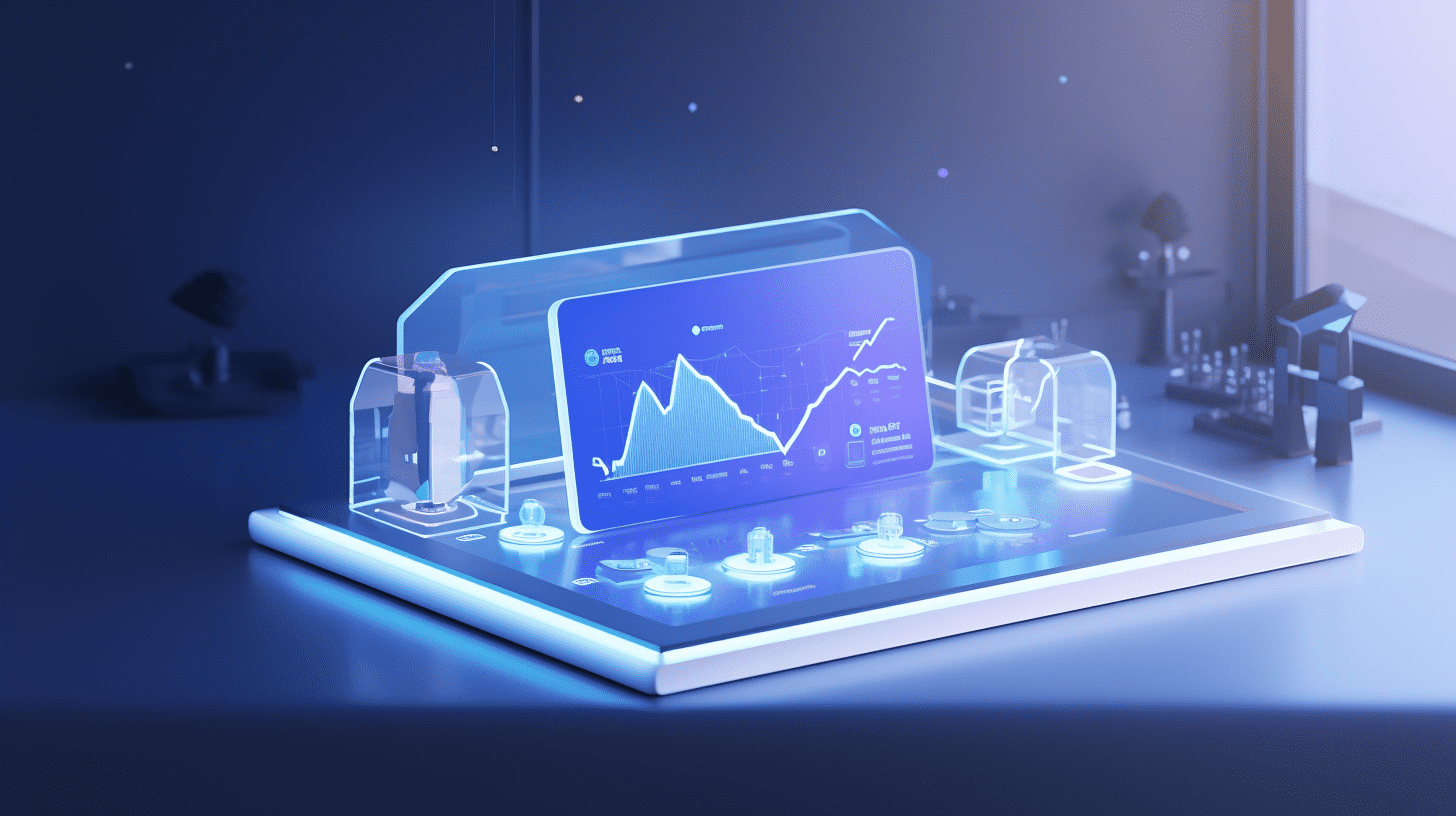
Guangzhou Automobile Group's April car production was 108,600 units, a year-on-year decrease of 25.74%.
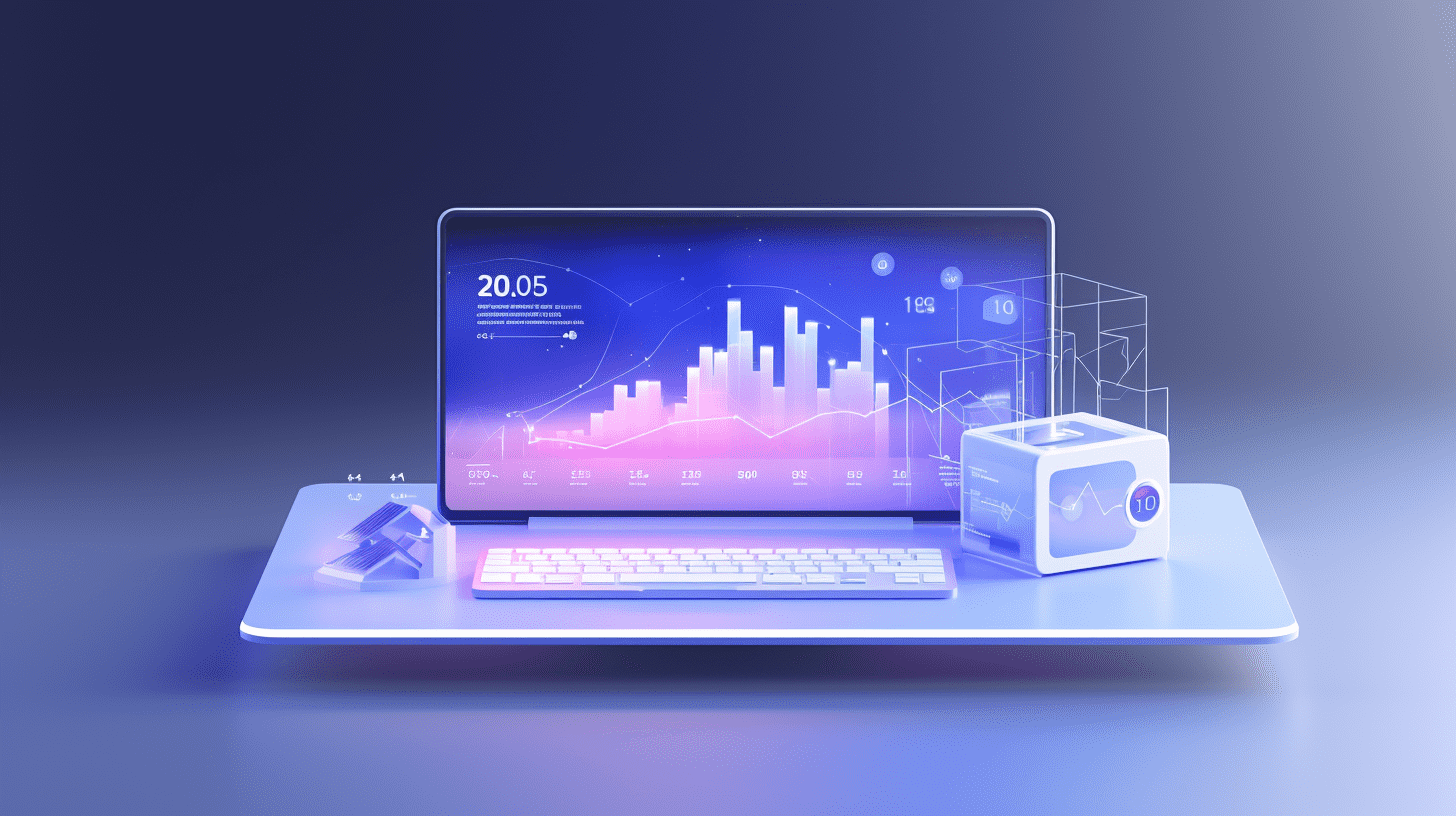
Shareholder Huilian No.2 of Zhejiang Haiyan Power System Resources Environmental Technology (688565.SH) plans to reduce its holdings by no more than 3.04 million shares.

PARENTING NET(01736): The merger of shares will take effect on May 13th.
Guangzhou Automobile Group's April car production was 108,600 units, a year-on-year decrease of 25.74%.

Shareholder Huilian No.2 of Zhejiang Haiyan Power System Resources Environmental Technology (688565.SH) plans to reduce its holdings by no more than 3.04 million shares.

PARENTING NET(01736): The merger of shares will take effect on May 13th.

RECOMMEND
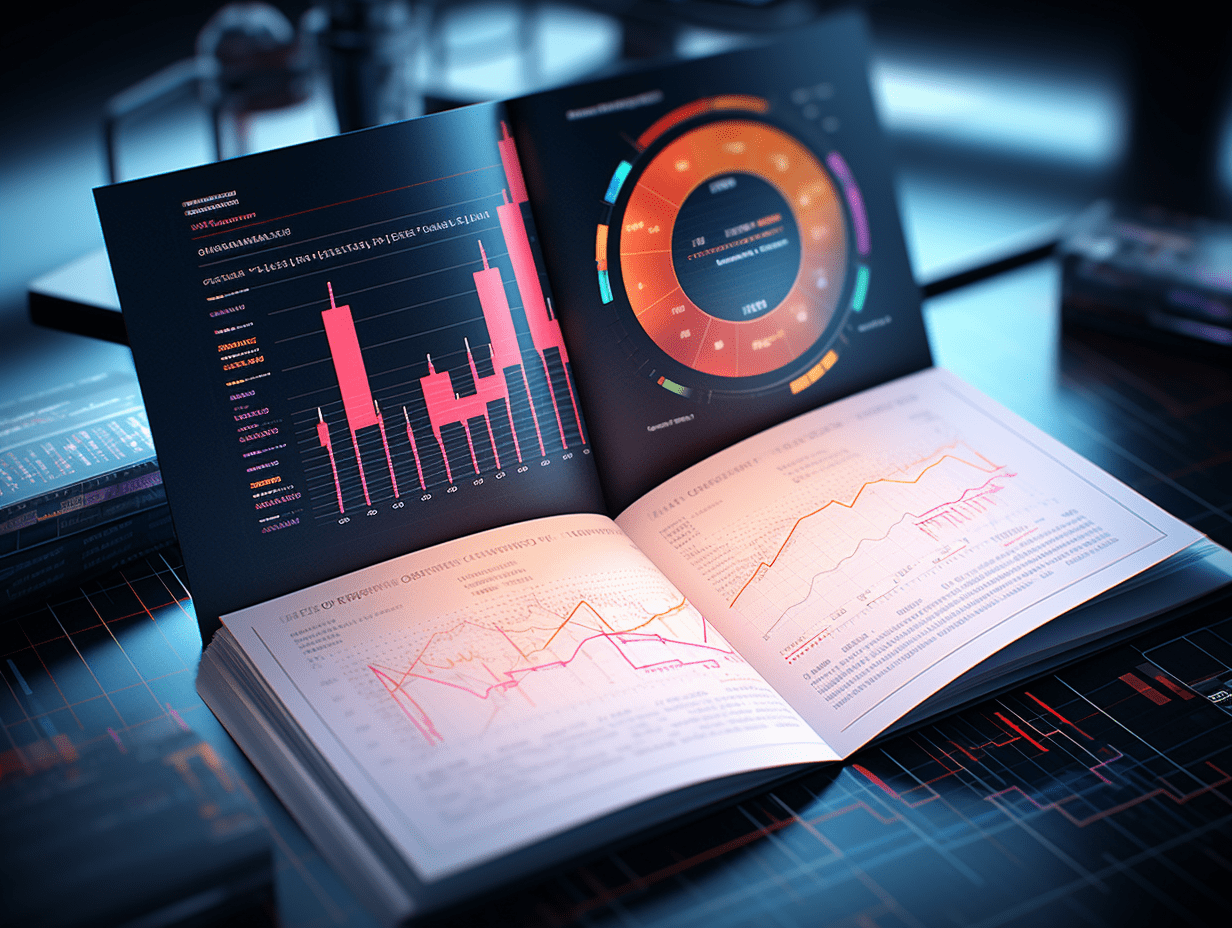
General Administration of Customs: China's goods trade imports and exports increased by 2.4% year-on-year in the first 4 months.
09/05/2025
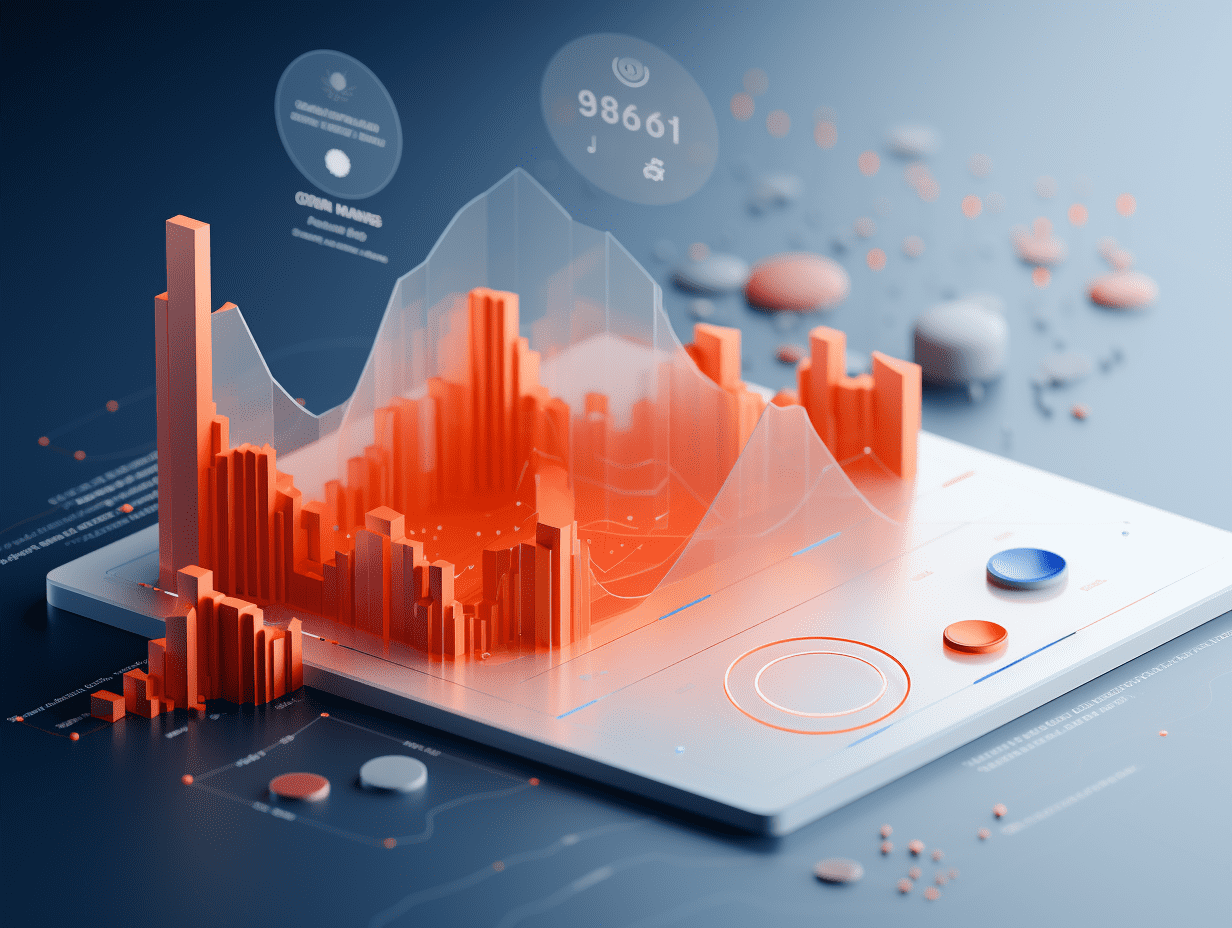
Key details are yet to be finalized. The market's response to the US-UK trade agreement has been lukewarm.
09/05/2025
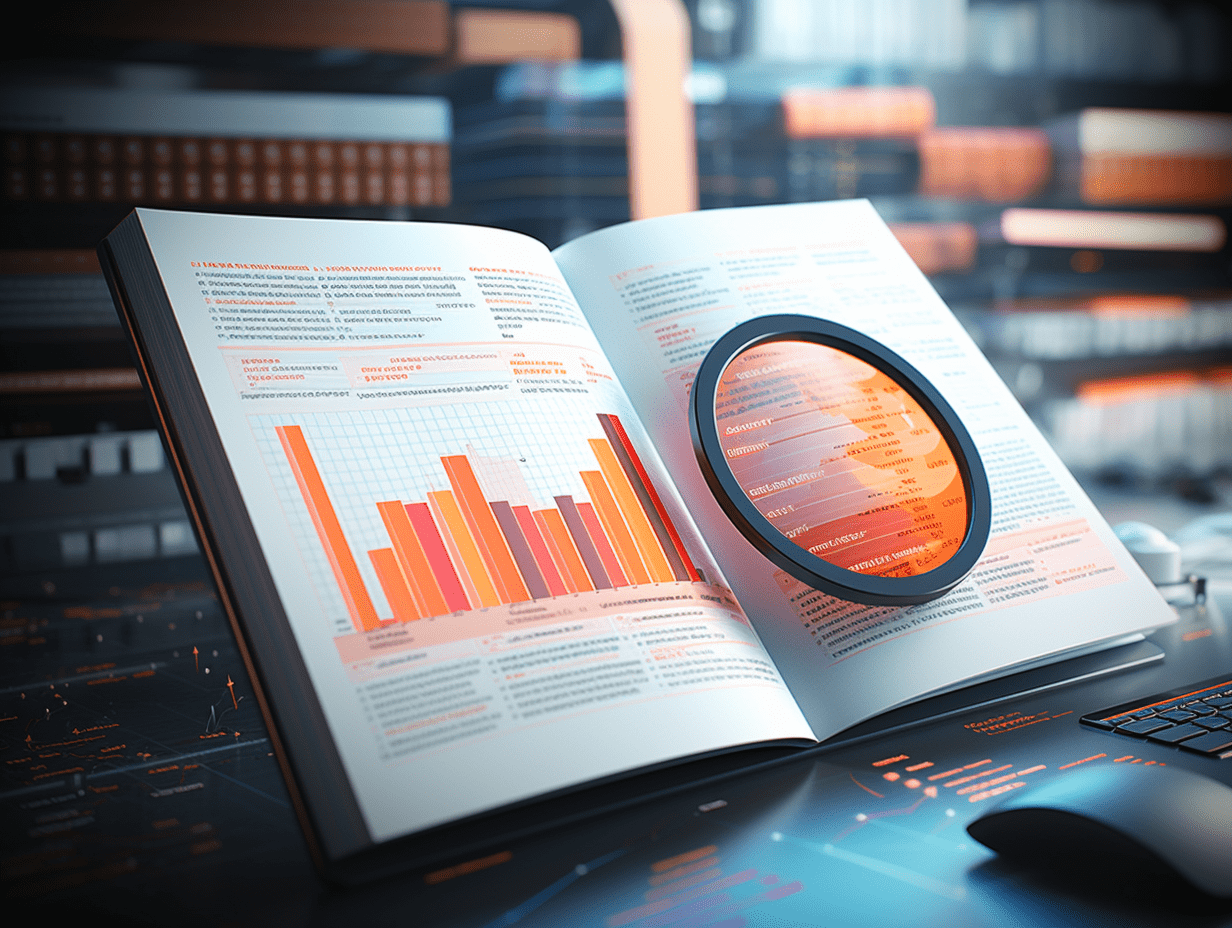
Risk assets rebounded to boost the market, Bitcoin surged back above $100,000.
09/05/2025


